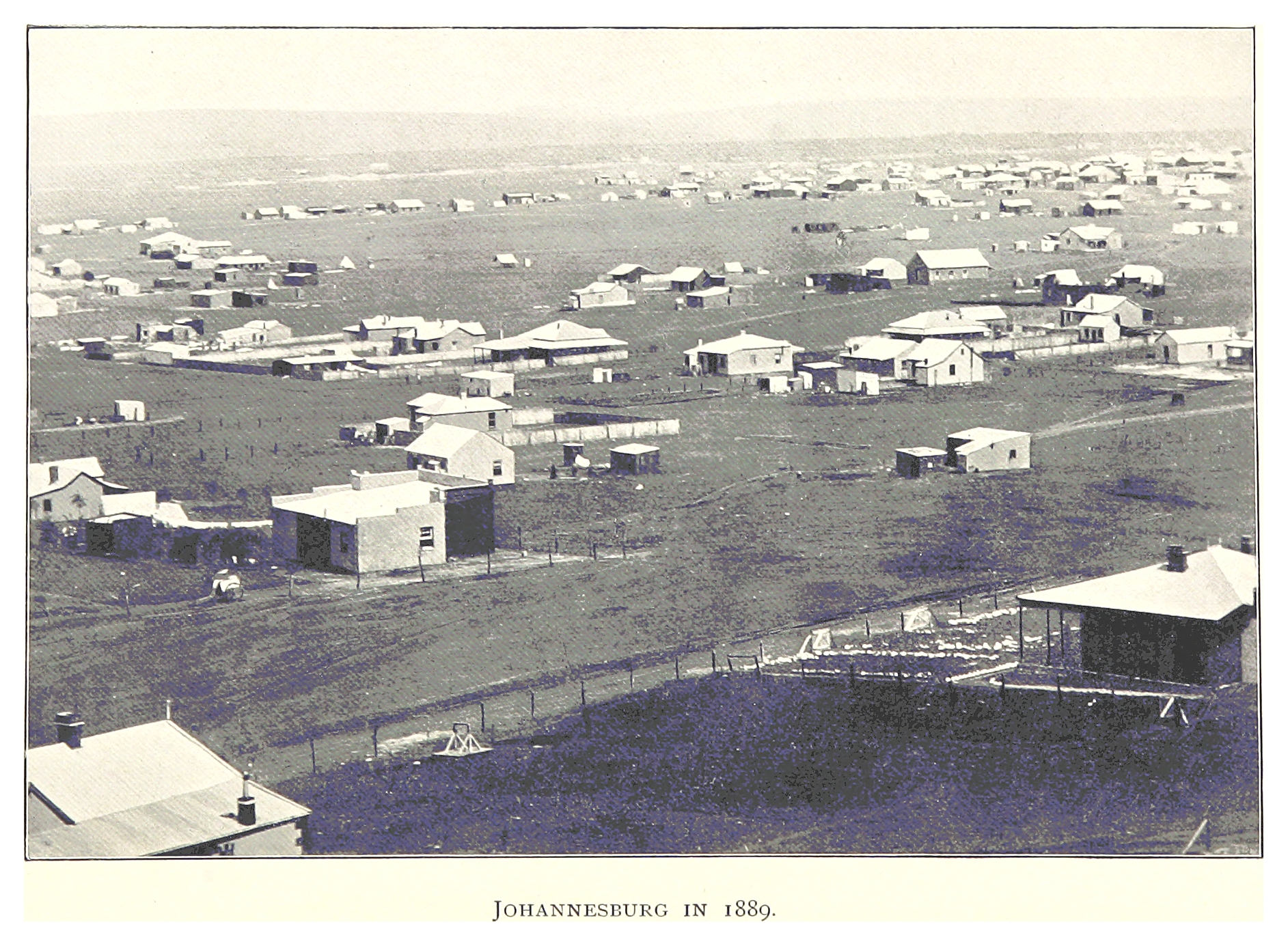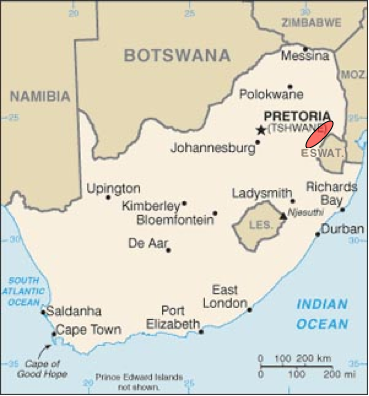|
List Of Tsunamis
This article lists notable tsunamis, which are sorted by the date and location that they occurred. Because of seismic and volcanic activity associated with tectonic plate boundaries along the Pacific Ring of Fire, tsunamis occur most frequently in the Pacific Ocean, but are a worldwide natural phenomenon. They are possible wherever large bodies of water are found, including inland lakes, where they can be caused by landslides and glacier calving. Very small tsunamis, non-destructive and undetectable without specialized equipment, occur frequently as a result of minor earthquakes and other events. Around 1600 BC, the eruption of Thira devastated Aegean sites including Akrotiri (prehistoric city). Some Minoan sites in eastern Crete may have been damaged by ensuing tsunamis. The oldest recorded tsunami occurred in 479 BC. It destroyed a Persian army that was attacking the town of Potidaea in Greece.Smid, T. C.: "'Tsunamis' in Greek Literature", ''Greece & Rome'', 2nd Ser., Vo ... [...More Info...] [...Related Items...] OR: [Wikipedia] [Google] [Baidu] |
Potidaea
__NOTOC__ Potidaea (; , ''Potidaia'', also Ποτείδαια, ''Poteidaia'') was a colony founded by the Corinthians around 600 BC in the narrowest point of the peninsula of Pallene, Chalcidice, Pallene, the westernmost of three peninsulas at the southern end of Chalcidice in northern Greece.POTEIDAIA (Nea Poteidaia) Chalkidike, Greece entry in The Princeton Encyclopedia of Classical Sites. History While besieged by the Persian Empire, Persians in 479 BC, the town may have been saved by a 479 BC Potidaea earthquake, tsunami rather than a particularly high tide. Herodotus reports how the Persian attackers who tried to exploit an unusual retreat of the water were suddenly surprised by "a great flood-tide, higher, as the people of the place s ...[...More Info...] [...Related Items...] OR: [Wikipedia] [Google] [Baidu] |
Yucatán Peninsula
The Yucatán Peninsula ( , ; ) is a large peninsula in southeast Mexico and adjacent portions of Belize and Guatemala. The peninsula extends towards the northeast, separating the Gulf of Mexico to the north and west of the peninsula from the Caribbean Sea to the east. The Yucatán Channel, between the northeastern corner of the peninsula and Cuba, connects the two bodies of water. The peninsula is approximately in area. It has low relief and is almost entirely composed of porous limestone. The peninsula lies east of the Isthmus of Tehuantepec, the narrowest point in Mexico separating the Atlantic Ocean, including the Gulf of Mexico and Caribbean Sea, from the Pacific Ocean. Some consider the isthmus to be the geography, geographic boundary between Central America and the rest of North America, placing the peninsula in Central America. Politically, all of Mexico, including the Yucatán, is generally considered part of North America, while Guatemala and Belize are considered pa ... [...More Info...] [...Related Items...] OR: [Wikipedia] [Google] [Baidu] |
Skyscraper
A skyscraper is a tall continuously habitable building having multiple floors. Most modern sources define skyscrapers as being at least or in height, though there is no universally accepted definition, other than being very tall high-rise buildings. Skyscrapers may host offices, hotels, residential spaces, and retail spaces. One common feature of skyscrapers is having a steel frame that supports curtain walls. These curtain walls either bear on the framework below or are suspended from the framework above, rather than resting on load-bearing walls of conventional construction. Some early skyscrapers have a steel frame that enables the construction of load-bearing walls taller than those made of reinforced concrete. Modern skyscraper walls are not load-bearing, and most skyscrapers are characterized by large surface areas of windows made possible by steel frames and curtain walls. However, skyscrapers can have curtain walls that mimic conventional walls with a small surfa ... [...More Info...] [...Related Items...] OR: [Wikipedia] [Google] [Baidu] |
Archean
The Archean ( , also spelled Archaean or Archæan), in older sources sometimes called the Archaeozoic, is the second of the four geologic eons of Earth's history of Earth, history, preceded by the Hadean Eon and followed by the Proterozoic and the Phanerozoic. The Archean represents the time period from (million years ago). The Late Heavy Bombardment is hypothesized to overlap with the beginning of the Archean. The Huronian glaciation occurred at the end of the eon. The Earth during the Archean was mostly a ocean world, water world: there was continental crust, but much of it was under an ocean deeper than today's oceans. Except for some rare Relict (geology), relict crystals, today's oldest continental crust dates back to the Archean. Much of the geological detail of the Archean has been destroyed by subsequent activity. The Earth's atmosphere was also vastly different in atmospheric chemistry, composition from today's: the prebiotic atmosphere was a reducing atmosphere rich in ... [...More Info...] [...Related Items...] OR: [Wikipedia] [Google] [Baidu] |
Eswatini
Eswatini, formally the Kingdom of Eswatini, also known by its former official names Swaziland and the Kingdom of Swaziland, is a landlocked country in Southern Africa. It is bordered by South Africa on all sides except the northeast, where it shares a border with Mozambique. At no more than north to south and east to west, Eswatini is one of the smallest countries in Africa; despite this, its climate and topography are diverse, ranging from a cool and mountainous highveld to a hot and dry lowveld. The population is composed primarily of Swazi people, ethnic Swazis. The prevalent language is Swazi language, Swazi (''siSwati'' in native form). The Swazis established their kingdom in the mid-18th century under the leadership of Ngwane III. The country and the Swazi take their names from Mswati II, the 19th-century king under whose rule the country was expanded and unified; its boundaries were drawn up in 1881 in the midst of the Scramble for Africa. After the Second Boer War, ... [...More Info...] [...Related Items...] OR: [Wikipedia] [Google] [Baidu] |
Johannesburg
Johannesburg ( , , ; Zulu language, Zulu and Xhosa language, Xhosa: eGoli ) (colloquially known as Jozi, Joburg, Jo'burg or "The City of Gold") is the most populous city in South Africa. With 5,538,596 people in the City of Johannesburg alone and over 14.8 million in the urban agglomeration, it is classified as a Megacity#List of megacities, megacity and List of urban areas by population, one of the 100 largest urban areas in the world. Johannesburg is the provinces of South Africa, provincial capital of Gauteng, the wealthiest province in South Africa, and seat of the country's highest court, the Constitutional Court of South Africa, Constitutional Court. The city is located within the mineral-rich Witwatersrand hills, the epicentre of the international mineral and gold trade. The richest city in Africa by GDP and private wealth, Johannesburg functions as the economic capital of South Africa and is home to the continent's largest stock exchange, the Johannesburg Stock Exchang ... [...More Info...] [...Related Items...] OR: [Wikipedia] [Google] [Baidu] |
Earth
Earth is the third planet from the Sun and the only astronomical object known to Planetary habitability, harbor life. This is enabled by Earth being an ocean world, the only one in the Solar System sustaining liquid surface water. Almost all of Earth's water is contained in its global ocean, covering Water distribution on Earth, 70.8% of Earth's crust. The remaining 29.2% of Earth's crust is land, most of which is located in the form of continental landmasses within Earth's land hemisphere. Most of Earth's land is at least somewhat humid and covered by vegetation, while large Ice sheet, sheets of ice at Polar regions of Earth, Earth's polar polar desert, deserts retain more water than Earth's groundwater, lakes, rivers, and Water vapor#In Earth's atmosphere, atmospheric water combined. Earth's crust consists of slowly moving tectonic plates, which interact to produce mountain ranges, volcanoes, and earthquakes. Earth's outer core, Earth has a liquid outer core that generates a ... [...More Info...] [...Related Items...] OR: [Wikipedia] [Google] [Baidu] |
Astronomical Object
An astronomical object, celestial object, stellar object or heavenly body is a naturally occurring physical entity, association, or structure that exists within the observable universe. In astronomy, the terms ''object'' and ''body'' are often used interchangeably. However, an astronomical body or celestial body is a single, tightly bound, contiguous entity, while an astronomical or celestial ''object'' is a complex, less cohesively bound structure, which may consist of multiple bodies or even other objects with substructures. Examples of astronomical objects include planetary systems, star clusters, nebulae, and galaxies, while asteroids, moons, planets, and stars are astronomical bodies. A comet may be identified as both a body and an object: It is a ''body'' when referring to the frozen nucleus of ice and dust, and an ''object'' when describing the entire comet with its diffuse coma and tail. History Astronomical objects such as stars, planets, nebulae, aster ... [...More Info...] [...Related Items...] OR: [Wikipedia] [Google] [Baidu] |
Impact Event
An impact event is a collision between astronomical objects causing measurable effects. Impact events have been found to regularly occur in planetary systems, though the most frequent involve asteroids, comets or meteoroids and have minimal effect. When large objects impact terrestrial planets such as the Earth, there can be significant physical and Biosphere, biospheric consequences, as the impacting body is usually traveling at several kilometres per second (km/s), with a minimum impact speed of 11.2 km/s (7.0 mi/s) for bodies striking Earth. Atmosphere, While planetary atmospheres can mitigate some of these impacts through the effects of atmospheric entry, many large bodies retain sufficient energy to reach the surface and cause substantial damage. This results in the formation of Impact crater, impact craters and Impact structure, structures, shaping the dominant landforms found across various types of solid objects found in the Solar System. Their prevalence and ubiquity pres ... [...More Info...] [...Related Items...] OR: [Wikipedia] [Google] [Baidu] |
S2 Impact
The Barberton Greenstone Belt is a geologic formation situated on the eastern edge of the Kaapvaal craton in South Africa. It is known for its gold mineralisation and for its komatiites, an unusual type of ultramafic volcanic rock named after the Komati River that flows through the belt. Some of the oldest exposed rocks on Earth (greater than 3.6 Ga) are located in the Barberton Greenstone Belt of the Eswatini–Barberton areas and these contain some of the oldest traces of life on Earth, second only to the Isua Greenstone Belt of Western Greenland. The Makhonjwa Mountains make up 40% of the Baberton belt. It is named after the town Barberton, Mpumalanga. History and description The Barberton Greenstone Belt consists of a sequence of mafic to ultramafic lavas and metasedimentary rocks emplaced and deposited between 3.5 and 3.2 Ga. The granitoid rocks were emplaced over a 500-million-year time span and can be divided into two suites: The tonalite-trondhjemite-granodiorite (TTG ... [...More Info...] [...Related Items...] OR: [Wikipedia] [Google] [Baidu] |
South Africa
South Africa, officially the Republic of South Africa (RSA), is the Southern Africa, southernmost country in Africa. Its Provinces of South Africa, nine provinces are bounded to the south by of coastline that stretches along the Atlantic Ocean, South Atlantic and Indian Ocean; to the north by the neighbouring countries of Namibia, Botswana, and Zimbabwe; to the east and northeast by Mozambique and Eswatini; and it encloses Lesotho. Covering an area of , the country has Demographics of South Africa, a population of over 64 million people. Pretoria is the administrative capital, while Cape Town, as the seat of Parliament of South Africa, Parliament, is the legislative capital, and Bloemfontein is regarded as the judicial capital. The largest, most populous city is Johannesburg, followed by Cape Town and Durban. Cradle of Humankind, Archaeological findings suggest that various hominid species existed in South Africa about 2.5 million years ago, and modern humans inhabited the ... [...More Info...] [...Related Items...] OR: [Wikipedia] [Google] [Baidu] |







